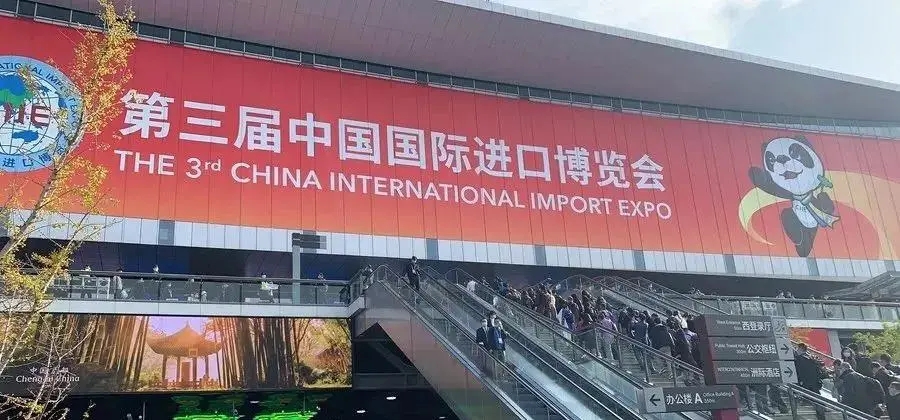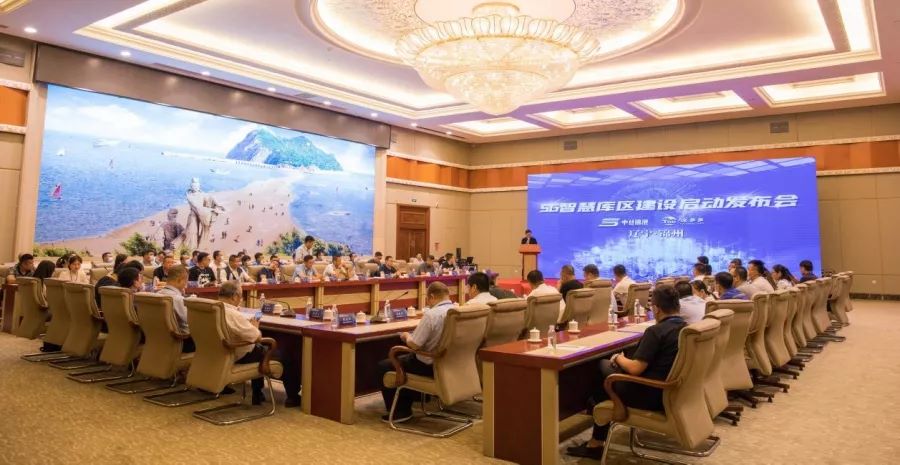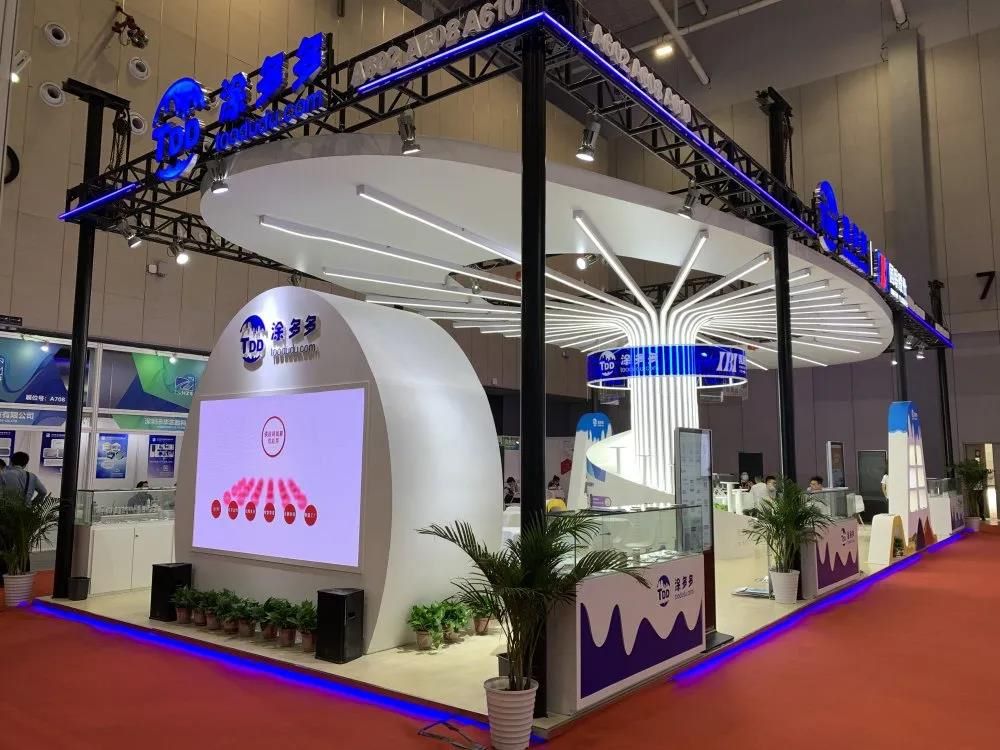Foreign-invested tire giants are closing down
Thunder exploded, and the global tire industry is experiencing an unprecedented violent shock. Many foreign-funded overseas factories are experiencing a factory closure storm.
Recently, Bridgestone Americas officially submitted a factory closure notice to the US local labor department.
According to the notice, the tire factory in Lavergne, Tennessee will be permanently closed on July 31 this year. The closure is expected to cause 658 employees to lose their jobs. But as the closure date approaches, some tire workers said that after the factory confirmed the closure, they have not heard any news about severance pay.
Goodyear pointed out in its latest statement that it plans to close its Kariga factory in South Africa by the end of 2025. The factory's products are mainly supplied to Europe, the Middle East and Africa (EMEA). The closure of the factory has caused about 900 people to lose their jobs.
It is reported that the factory closure, staff dismissal and other processes cost 100 to 110 million US dollars (718 to 789 million RMB). Cash expenses are about $45 million to $55 million, mainly for associated company-related and other exit costs, and the rest is expected to be non-cash expenses for accelerated depreciation and other asset-related expenses.
Goodyear expects to record about $40 million in expenses in the second quarter of 2025 and nearly $60 million in expenses for the rest of the year.
In addition to reducing costs, the purpose of the closure is also to help improve Goodyear's operating efficiency in the EMEA region. Goodyear said that measures such as closing factories will help increase its operating income in Europe, the Middle East and Africa by about $10 million after 2026.
Continental said it would shut down the TBR production line at its Modipuram plant in Uttar Pradesh, India. The company did not specify the number of employees affected by the move.
Continental said it would immediately stop its truck and bus tire business in India as part of a strategic adjustment of its product portfolio in the country. The company will focus entirely on profitable growth in its passenger car and light truck tire business in the future. This is the second time that Continental has cut its tire business this year. In addition, global tire giants have also reduced production of truck and bus tires and announced factory closures and layoffs. This sends out a variety of important signals, reflecting profound changes in the industry.
In addition to the above tire companies, many foreign-funded tire factories have closed factories, reduced production, or reduced wages and laid off employees this year. In 2025, the global tire landscape is changing.
Behind this wave of factory closures, the impact of low-priced tires in Asia, especially China, is undoubtedly a key factor. In recent years, Chinese tire companies have relied on their high cost-effectiveness to conquer the global market and continue to seize the share of foreign brands.
China's annual production of hundreds of millions of tires covers multiple categories such as passenger car tires, commercial vehicle tires, and engineering tires. The market competition is fierce and the price advantage is prominent.
Take Michelin as an example. It clearly pointed out in its semi-annual financial report that sales have declined due to the impact of cheap tires produced in China, with sales falling by 4.4%. Yokohama also frankly summarized the reasons for the closure of the Israeli factory, saying that compared with factories in Asia, its competitiveness is gradually losing.
The low-price strategy of Chinese tires is like a sharp sword, piercing the market hinterland of foreign brands, making it difficult for them to maintain their original high-price positioning in the global price system, and their profit margins have been greatly compressed. In the end, they have to choose to close factories to stop losses.
The profound changes in the global tire industry have sounded the alarm for all companies. While the Chinese tire industry is developing rapidly, it must face up to its own shortcomings and problems.
In the future, companies should increase investment in technological innovation, increase product added value, and avoid falling into price wars. Only by building a three-dimensional competitive barrier of "technical hard core + brand tension + green kinetic energy" can Chinese tire companies seize the initiative in this global industrial restructuring, move from the first half victory of "scale expansion" to the full cycle lead of "value creation", and build the core competitiveness of Chinese tires in the tide of the times.











